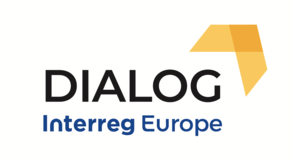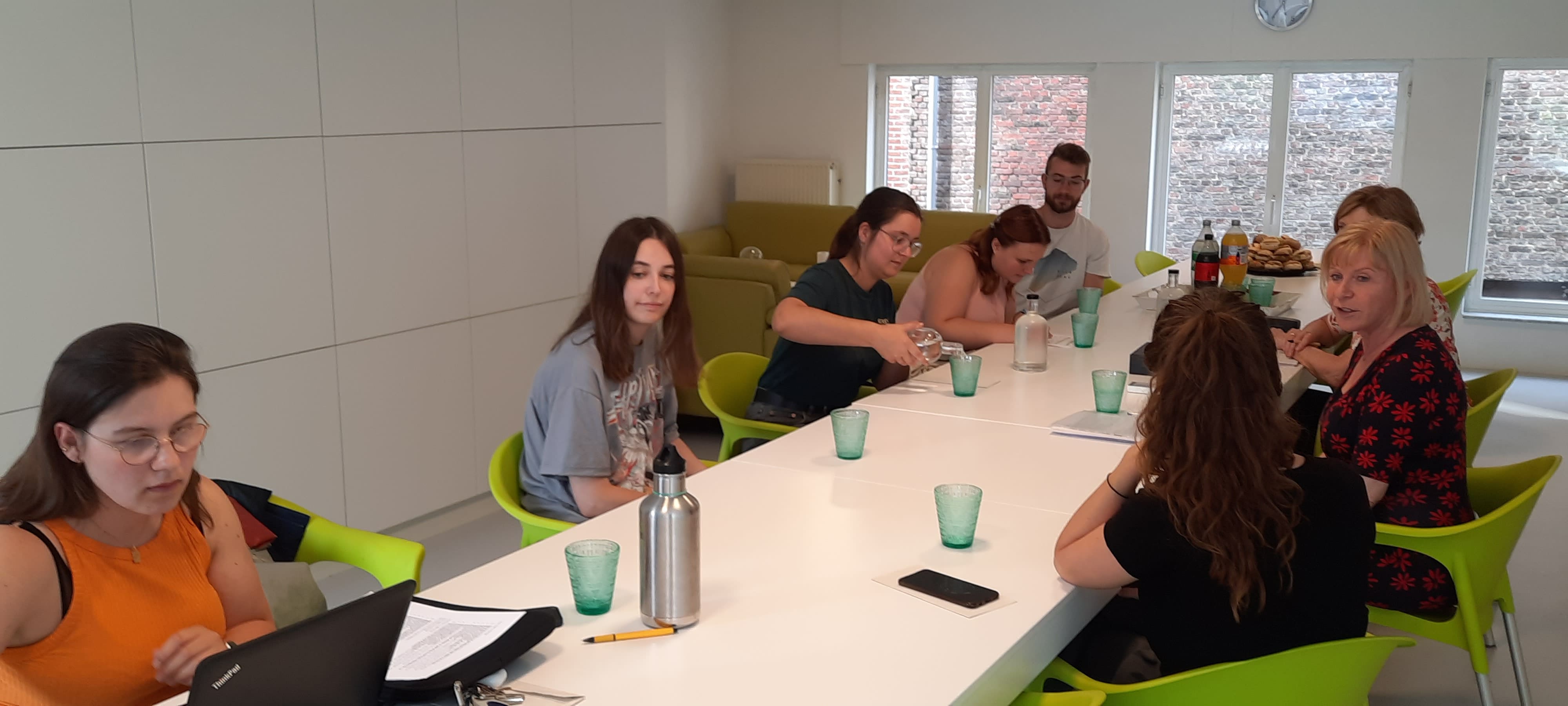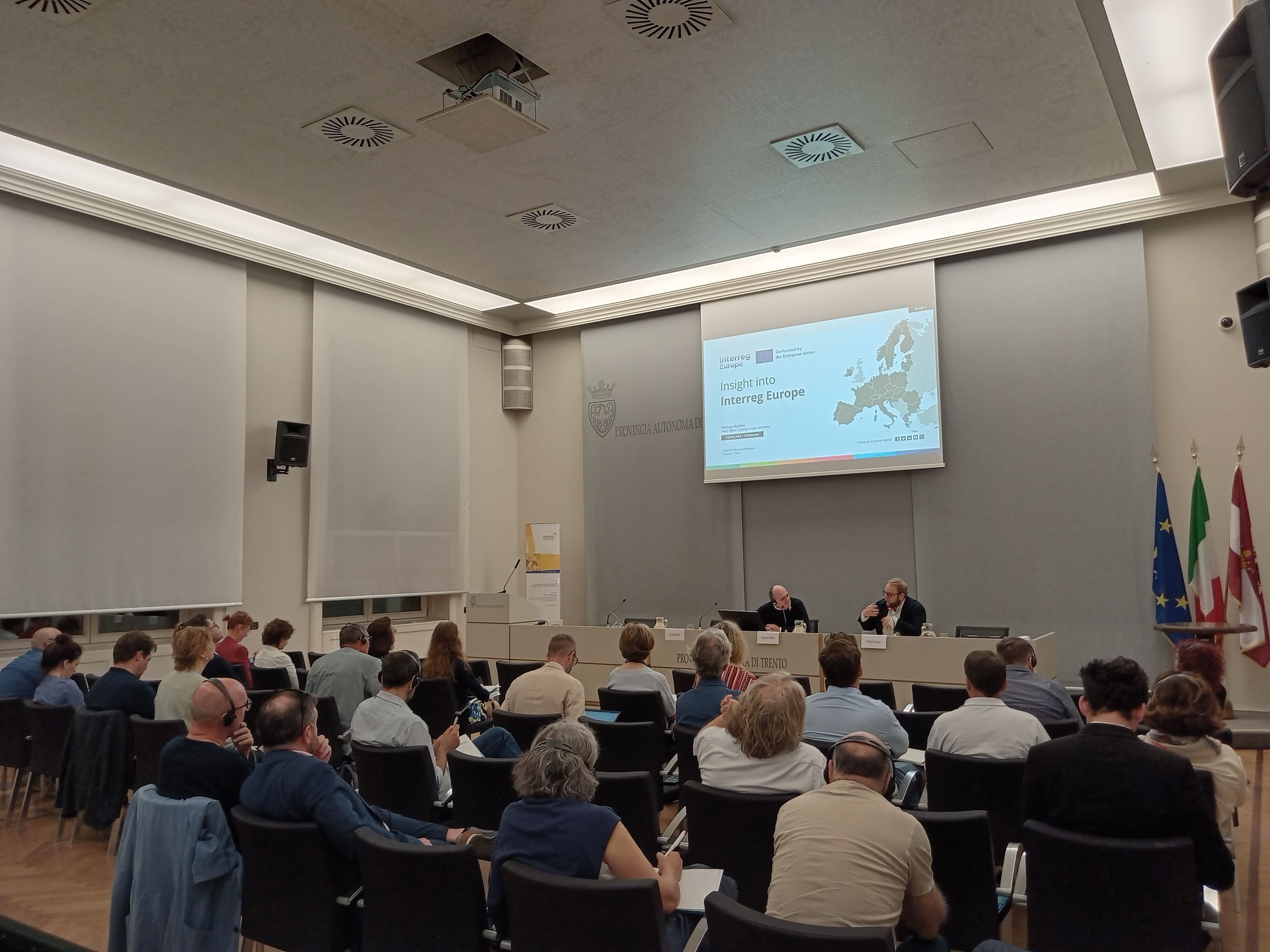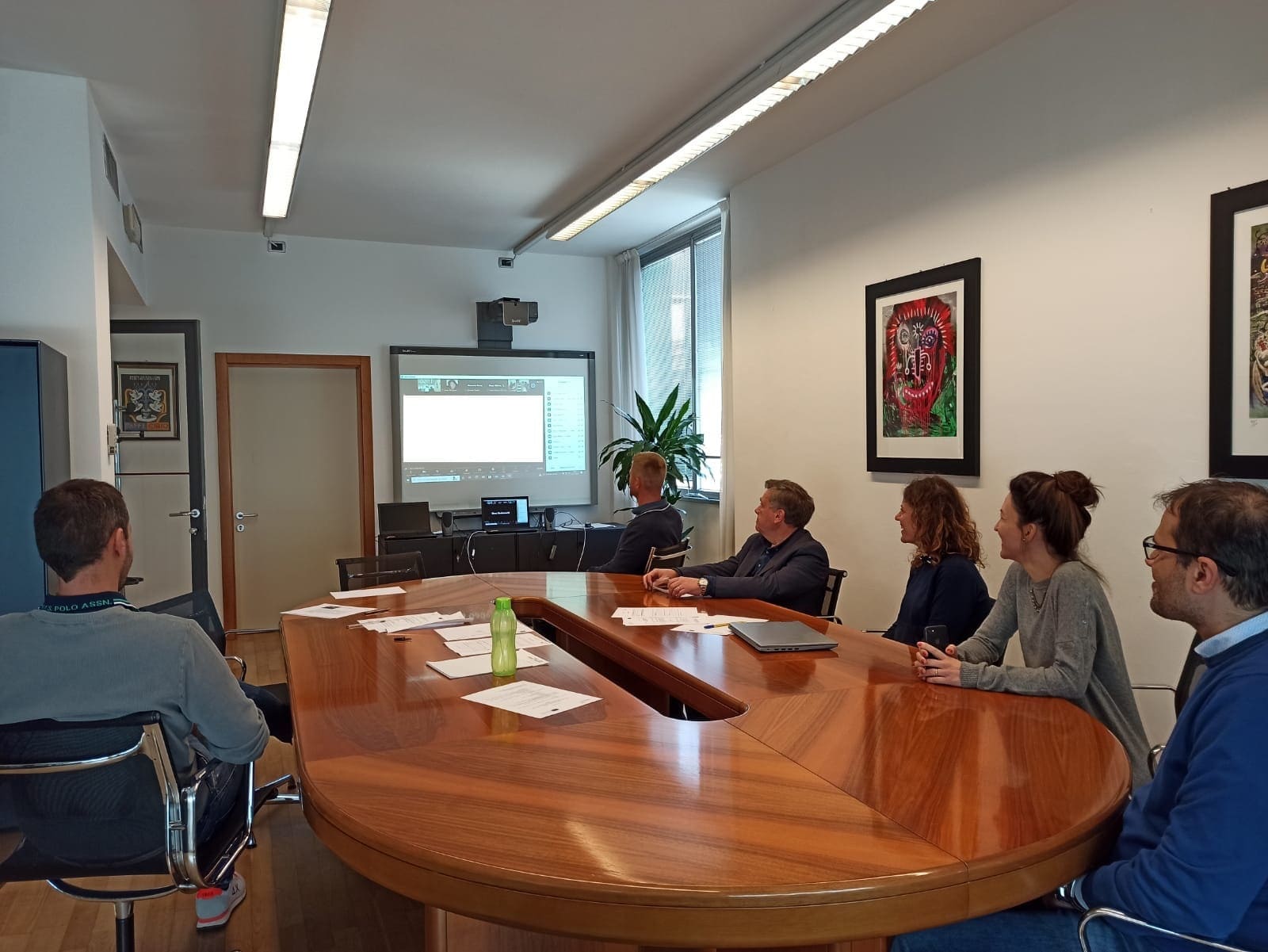Study visit Ghent 22th and 23th of March 2022.
11 shs, 9 partner's representatives took part at the meting.
The study visit started with a workshop in Timelab, an independent space for stimulating exchange, connection and resilience. A major goal of Timelab is to instigate projects and partnerships in experimenting with other models of working towards innovation, empowerment and social justice. After a guided tour in the building, the clover tool was explained. This tool has 4 dimensions: principles, values, design and community. The tool can be applied in different contexts and can be seen as a dynamic business model with the focus on relationships and partners instead of money as a source. In the workshop, the participants were invited to experiment with this tool through the example of Timelab.
In the afternoon, professor and policy adviser at the SERV Tim Buyse, gave a presentation on the social dialog in Belgium and Flanders. Despite the complexity of the Belgian state structure, the participants got a good insight in the role of the SERV (Social and Economic Council of Flanders) and the way the bipartite and the tripartite (social partners – enterprises and government) are functioning.
Tim Buyse also gave an explanation about a European project of the SERV: Social partners on the digital fasttrack. The goal of this project was the exchange of good practices concerning the challenges of digitalisation in enterprises and how social partners can work together on this subject. But especially the development of a structural network of international social partners was a much appreciated outcome.
On the second day, the Sustatool – another good practice- was presented and this from different point of views. Wim Pelkmans, working at ESF and CSR, described why the Flemish government had the Sustatool developed and how the tool also can be used to involve stakeholders in the process of developing a sustainability strategy. Joris Verschueren from the ACLVB (Flemish liberal trade union) then gave evidence of the way his organization uses the Sustatool: after a pilot phase the tool was also rolled out to a broader group of companies. The following speaker, Geert Janssens from Etion, then shared his thoughts about the common obstacles and bottlenecks when implementing the Sustatool (or a sustainability approach in general). He also emphasized that sustainability management asks for engagement; to engage employees and stakeholders you need to develop ownership. After these presentations, it became clear that the Sustatool is mostly suited for medium-sized companies and is a good tool to start the discussion on sustainability in boards and with employees.
Finally, Nathalie Bekx (CEO Trendhuis) stressed the need not to forget to think and involve the people in the sustainability strategy and she explained how and why she developed the “SDG-fit plan” as a counterpart of the Sustatool.








